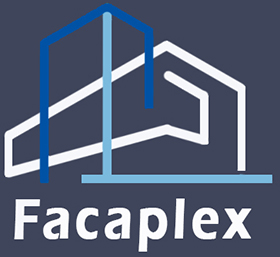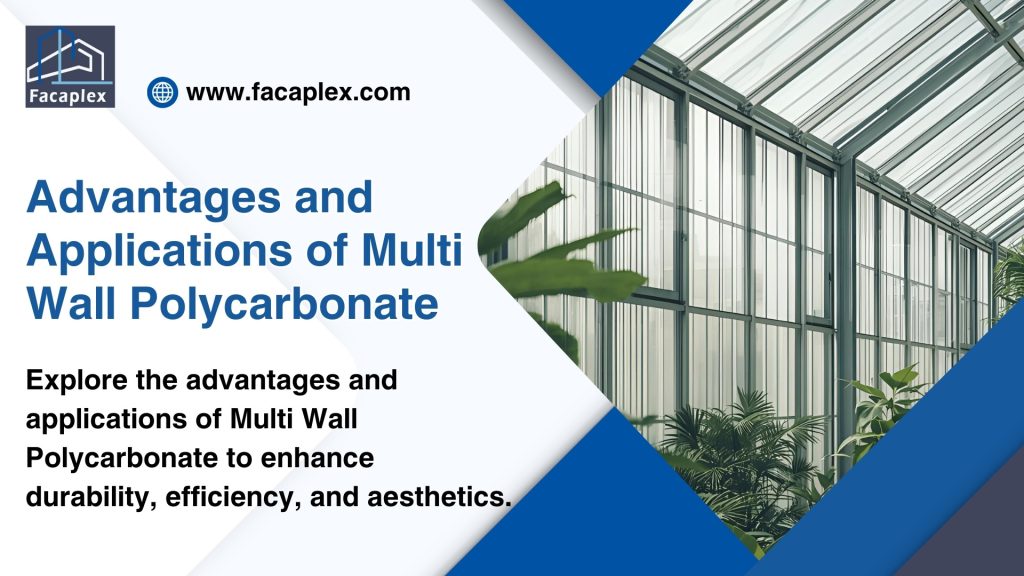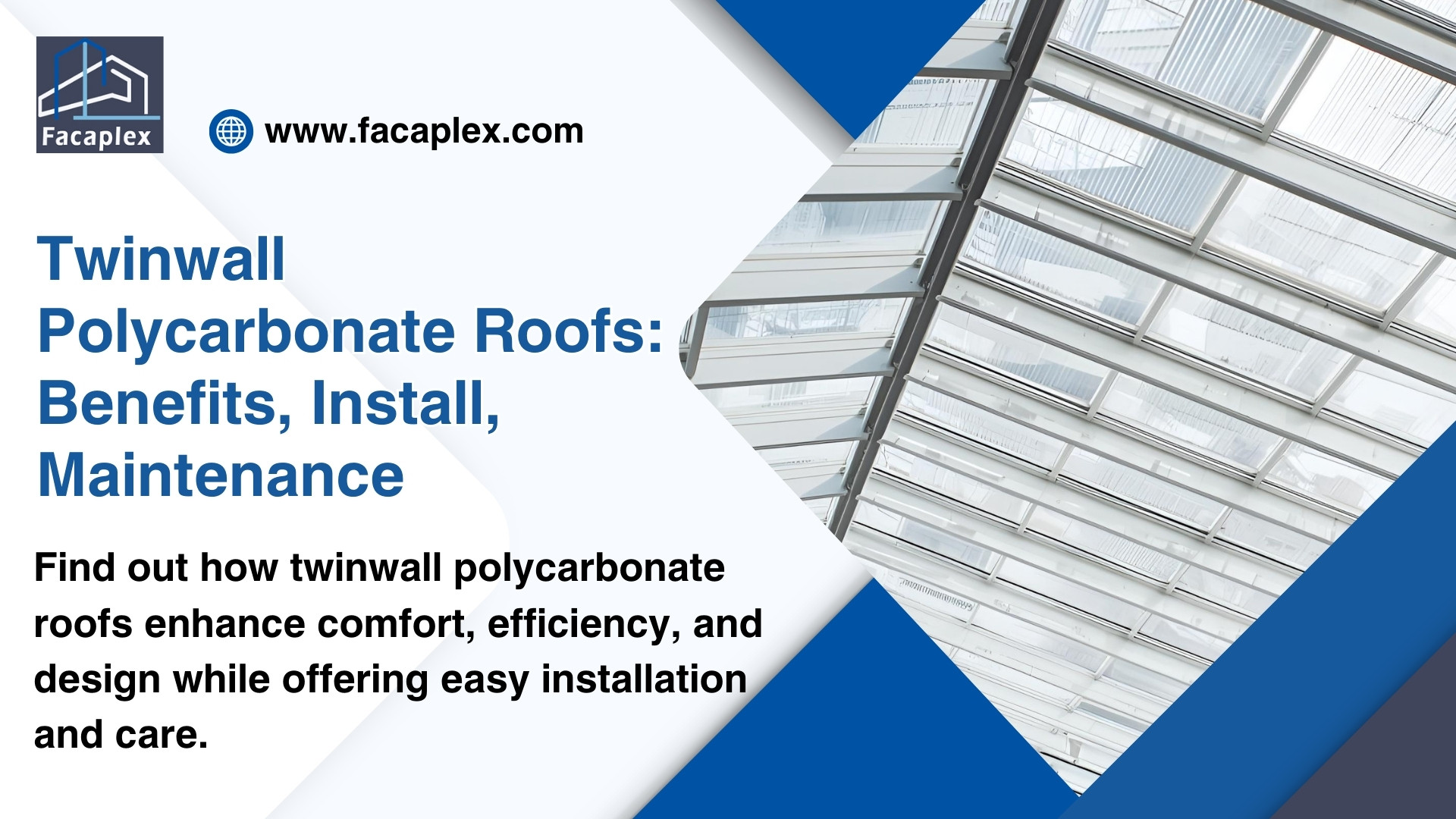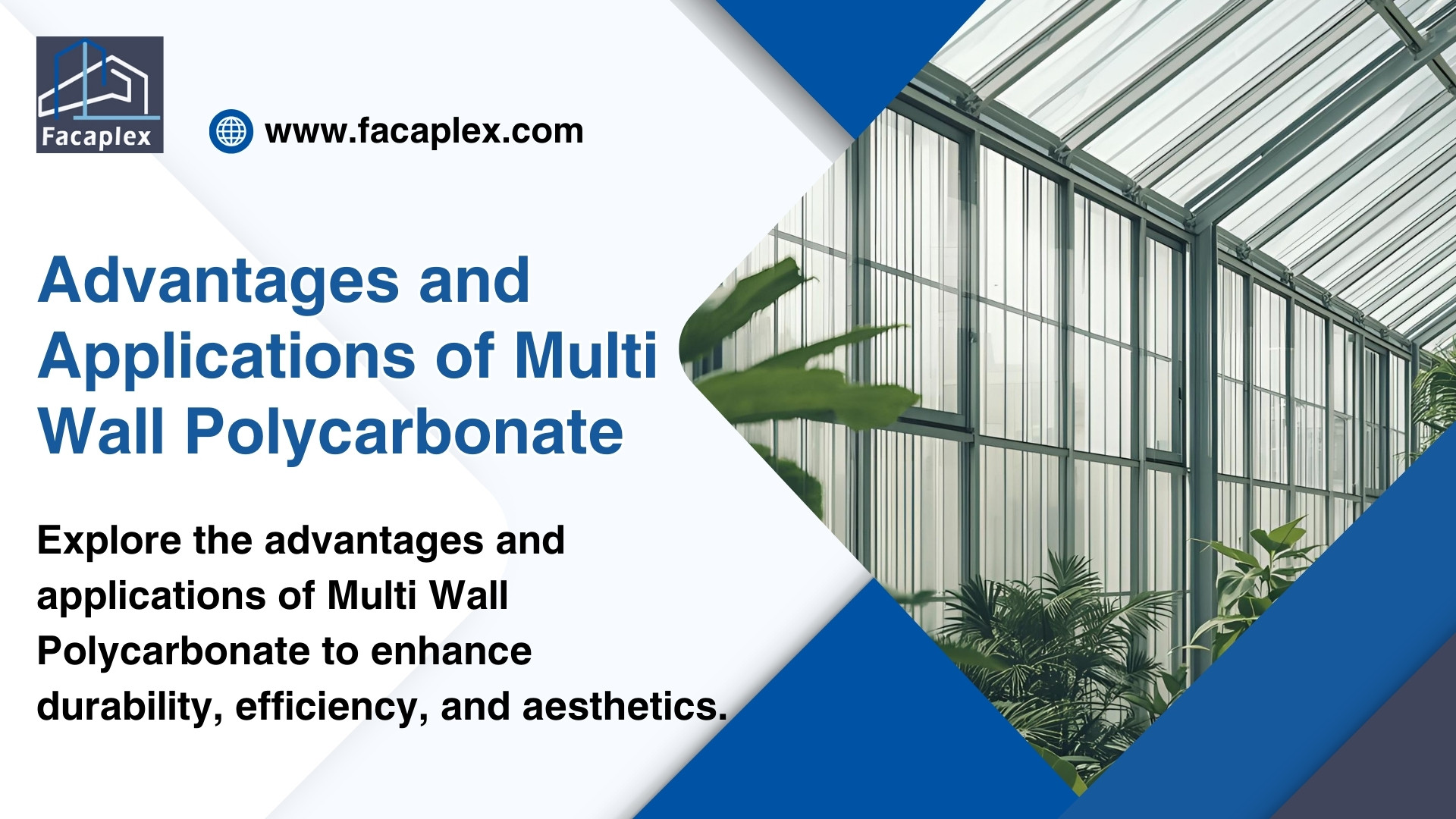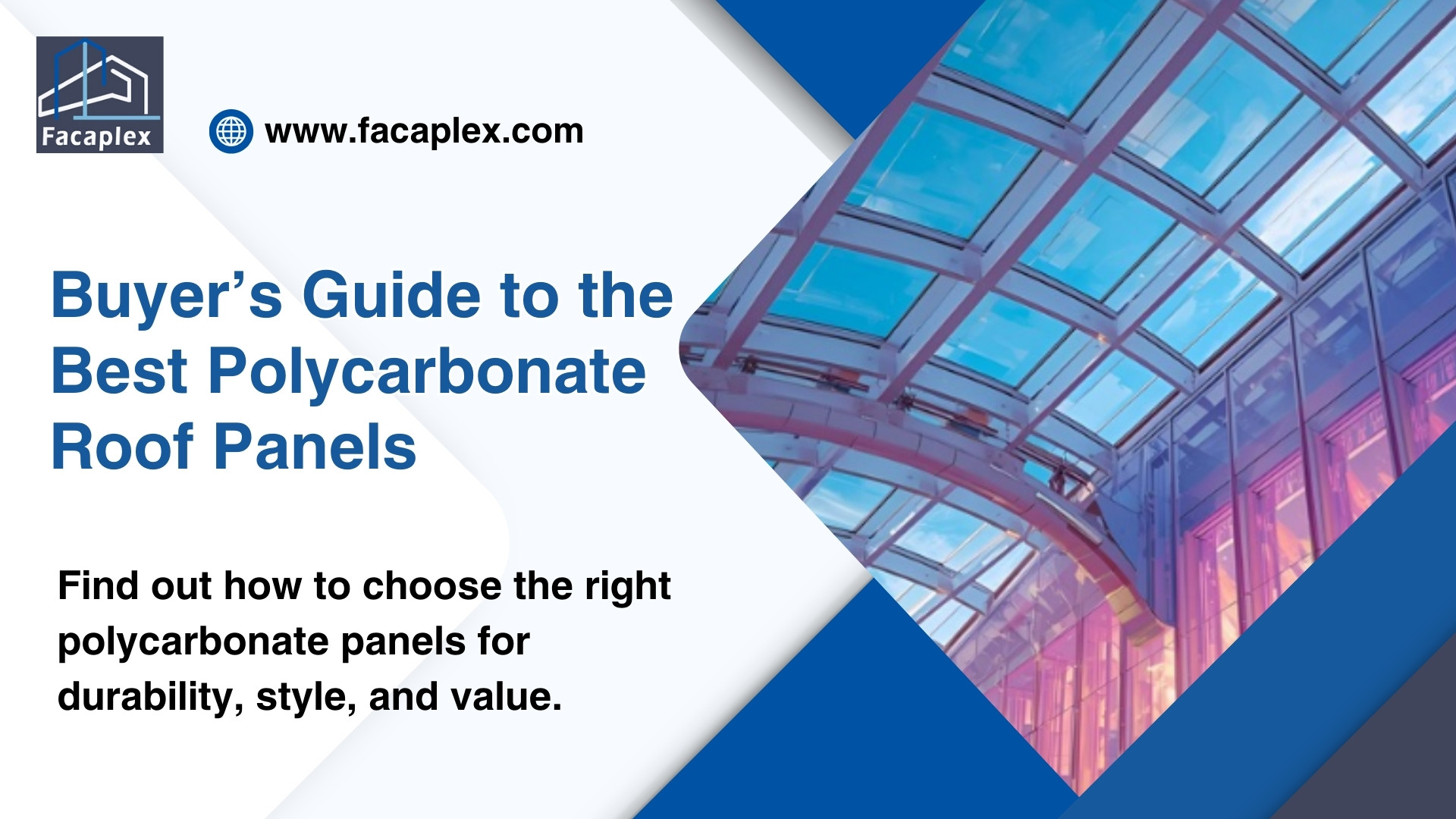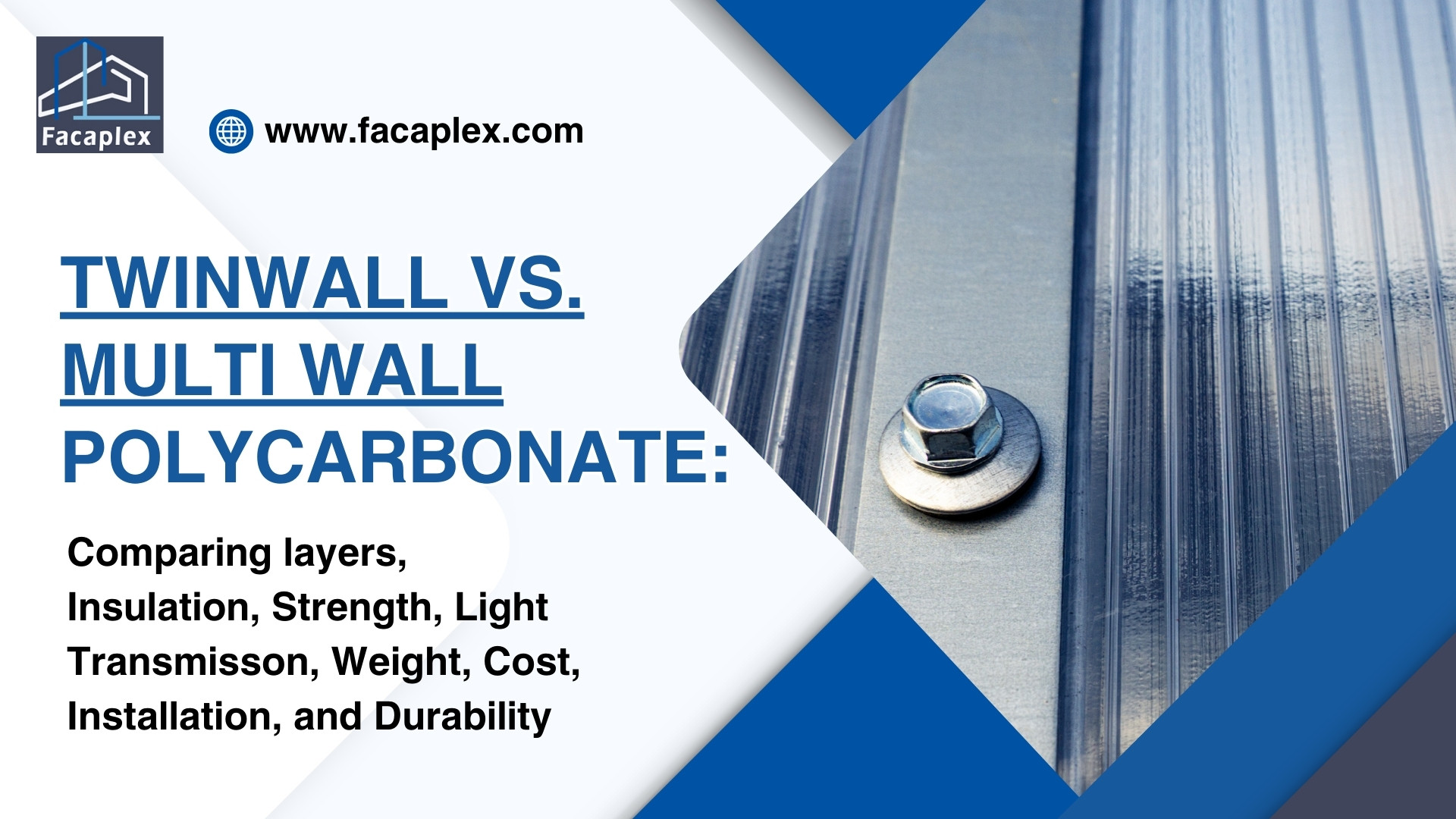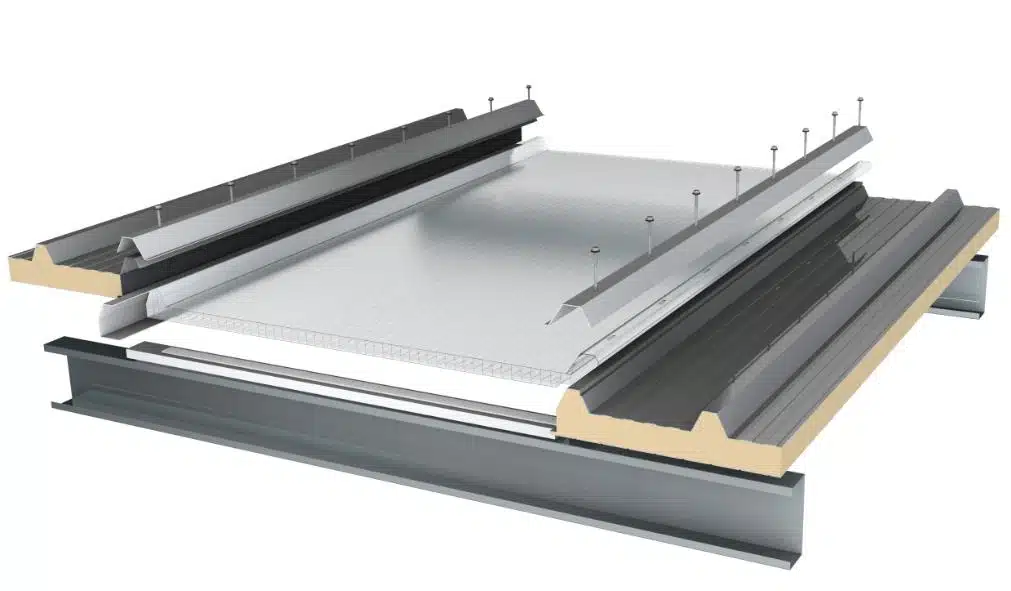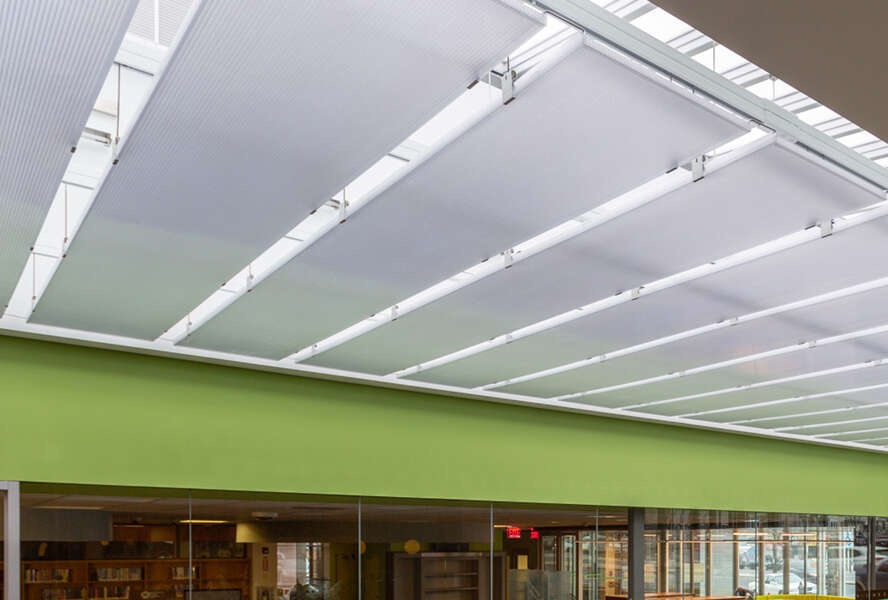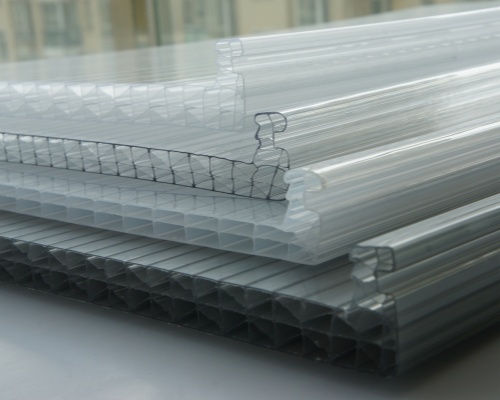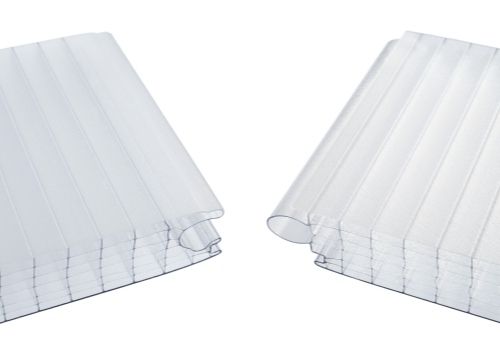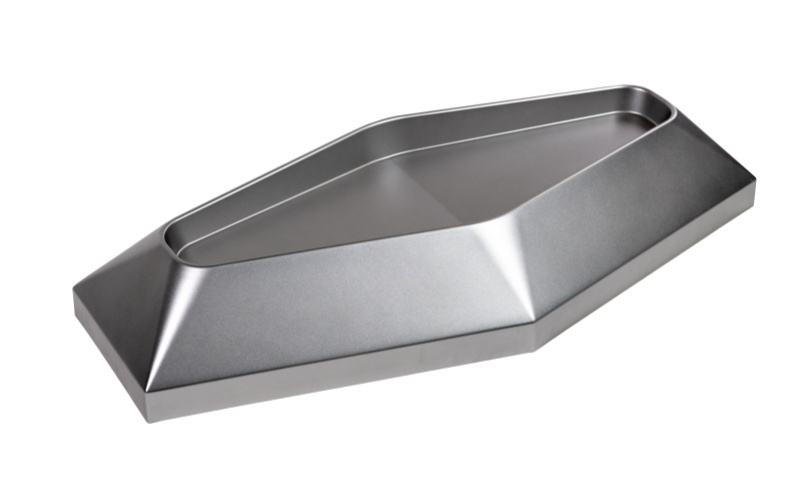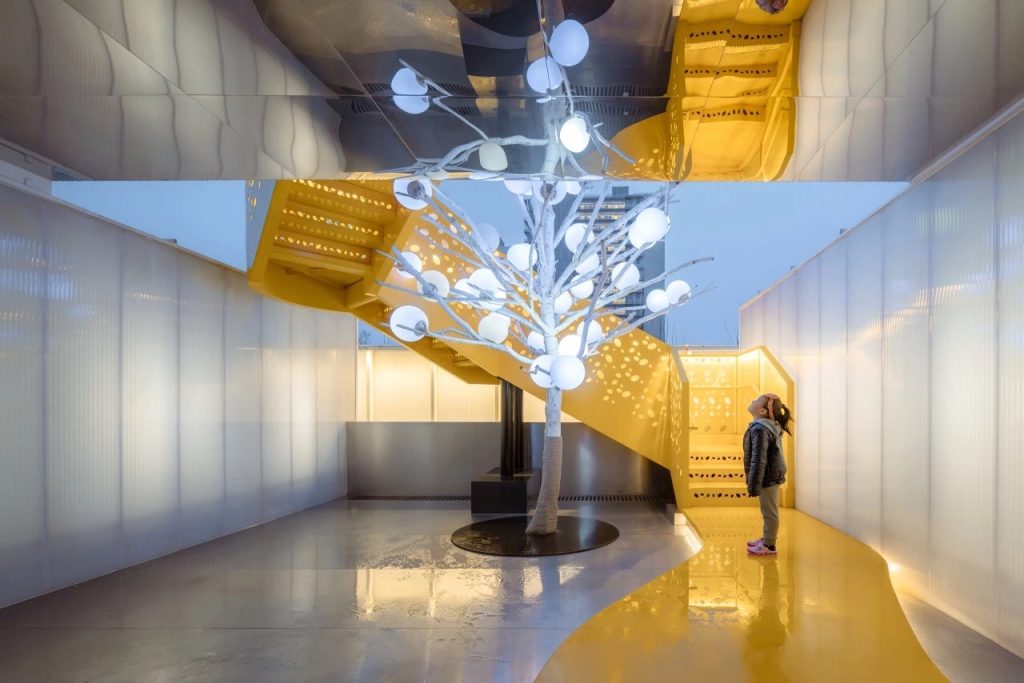Multi-Wall Polycarbonate is a versatile building material known for its unique combination of strength, light weight, and thermal efficiency. Unlike traditional glass, its multi-layer structure provides both durability and energy savings, while maintaining excellent light transmission. With added features such as UV protection, impact resistance, and design flexibility, it has become a preferred choice in modern architecture, agriculture, and residential projects. The following sections highlight the key advantages of Multi-Wall Polycarbonate and explore its wide range of applications across different industries.
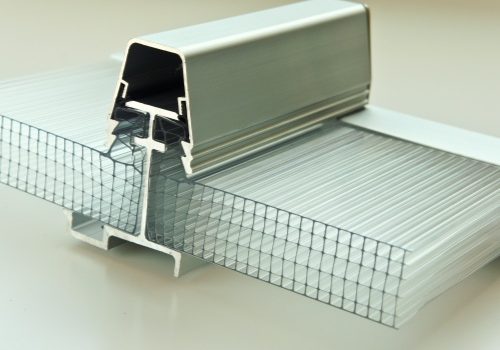
Multi Wall Polycarbonate Benefits
Insulation
Multi-Wall Polycarbonate offers outstanding thermal insulation. Its unique multi-layer design forms air pockets that act as natural barriers to heat flow, slowing down heat transfer more effectively than single-layer materials. This helps stabilize indoor temperatures by keeping spaces warmer in winter and cooler in summer, which in turn reduces reliance on heating and cooling systems.
To meet different climate and project requirements, builders typically select panel thicknesses between 6 mm and 10 mm. Thinner sheets are ideal for areas prioritizing natural light, while thicker options provide enhanced insulation for regions with greater temperature extremes. This balance of energy efficiency and design flexibility makes multi-wall polycarbonate a preferred choice for applications such as greenhouses, skylights, façades, and roofing systems.
Durability
This material resists impact and stands up to harsh weather. Multi Wall Polycarbonate can withstand hail, heavy rain, and even hurricane conditions. It lasts longer than glass panels and does not shatter easily.
| Feature | Multi Wall Polycarbonate | Glass Panels |
|---|---|---|
| Impact Resistance | High | Low |
| Weatherproof | Excellent | Moderate |
| Lifespan | Long | Short |
Lightweight
Multi Wall Polycarbonate weighs much less than glass. Workers can transport and install it with ease. Its lightweight nature reduces the need for heavy support structures.
- Easier handling lowers labor costs.
- Lightweight panels suit large roofing projects.
- Less structural support means faster installation.
UV Protection
Manufacturers enhance Multi-Wall Polycarbonate with UV-blocking coatings. These protective layers filter out harmful ultraviolet rays, shielding interiors, occupants, and sensitive materials from long-term damage. At the same time, they significantly reduce surface degradation, helping the panels resist yellowing, clouding, or becoming brittle when exposed to strong sunlight over extended periods.
Thanks to this UV protection, multi-wall polycarbonate panels retain their optical clarity, structural strength, and aesthetic appeal even after years of outdoor use. This durability makes them especially suitable for applications such as greenhouses, roofing systems, skylights, and outdoor shelters, where constant sun exposure is unavoidable but long-term performance is essential.
Cost Savings
Multi Wall Polycarbonate offers significant cost savings compared to traditional materials. Its durability reduces replacement and maintenance expenses. The material’s energy efficiency lowers heating and cooling costs for buildings.
- Lower upfront costs than glass.
- Fewer repairs needed over time.
- Energy savings add up for commercial and residential projects.
Applications
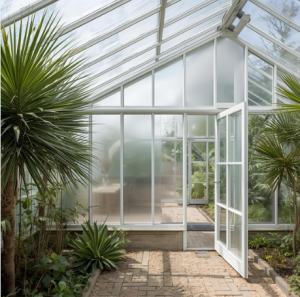
Greenhouses
Multi Wall Polycarbonate works well for greenhouse construction. The panels allow sunlight to pass through while keeping heat inside. This helps plants grow in a stable environment.
The panels resist UV rays, so they do not yellow or crack over time. Gardeners can select different thicknesses to match their climate needs.
Roofing
Builders often use this material for roofing in patios, carports, and walkways. The panels are lightweight, so they do not require heavy support beams. Workers can install them quickly and safely.
Multi Wall Polycarbonate stands up to rain, snow, and even hurricane-force winds. The UV protection keeps the roof clear and strong for many years.
- The panels are appreciated for their modern look.
- The material reduces heat buildup under the roof.
Commercial Buildings
Architects use these panels in shopping centers, sports arenas, and factories. The panels provide natural light, which lowers energy costs. They also help control indoor temperatures.
Multi Wall Polycarbonate can serve as skylights, wall panels, or canopies. The material resists vandalism and does not shatter like glass.
Residential Projects
These panels are widely used for sunrooms, pergolas, and covered walkways. The panels keep spaces bright while blocking harmful UV rays. They also help reduce noise from outside.
The material fits well with modern home designs. It offers privacy when frosted or tinted panels are chosen.
Creative Uses
Designers use these panels for interior walls, room dividers, and art installations. The panels come in many colors and finishes. They also work well for signage and sound barriers along highways.
- Event planners use the panels for temporary structures.
- The material’s flexibility allows for unique shapes and patterns.
Choosing Multi-Wall Polycarbonate
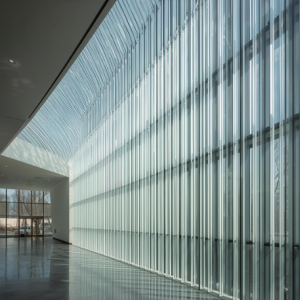
Selection Tips
Selecting the right multi-wall polycarbonate panel depends on the project’s needs. Thicker panels, such as 10MM, provide better insulation and strength. Thinner panels, like 6MM, work well for projects that need more light and less weight.
Color choice affects both appearance and function. Clear panels allow maximum light, while tinted or frosted panels offer privacy and reduce glare. Some panels come with special coatings that block UV rays, which helps protect interiors and extends the panel’s lifespan.
Use this table to compare options:
| Feature | 6MM Panel | 10MM Panel |
|---|---|---|
| Insulation | Good | Excellent |
| Weight | Light | Moderate |
| Light Transmission | High | Moderate |
Installation Advice
Proper installation ensures the panels last longer and perform well. Workers should cut panels with sharp tools to avoid cracks. Always install panels with the UV-protected side facing outward.
Support frames must be clean and dry before attaching the panels. Use recommended fasteners and avoid overtightening, which can damage the material. Leave small gaps between panels to allow for expansion and contraction during temperature changes.
A careful approach during installation leads to a strong, weather-resistant structure. Following these tips helps maximize the benefits of multi-wall polycarbonate.
Multi-wall polycarbonate offers strong insulation, high impact resistance, and excellent light transmission. Builders and designers use this material in greenhouses, roofing, commercial spaces, and creative projects.
Conclusion
Multi-Wall Polycarbonate combines practicality with performance, offering superior insulation, UV protection, impact resistance, and design flexibility in a lightweight form. Its durability and long service life make it a cost-effective alternative to traditional materials such as glass. From greenhouses and Skylight Solution to Facade Solution and roofing systems, it proves to be a reliable solution for projects that demand both functionality and aesthetics. With its balance of efficiency and versatility, Multi-Wall Polycarbonate will continue to play a vital role in modern construction and sustainable design.
